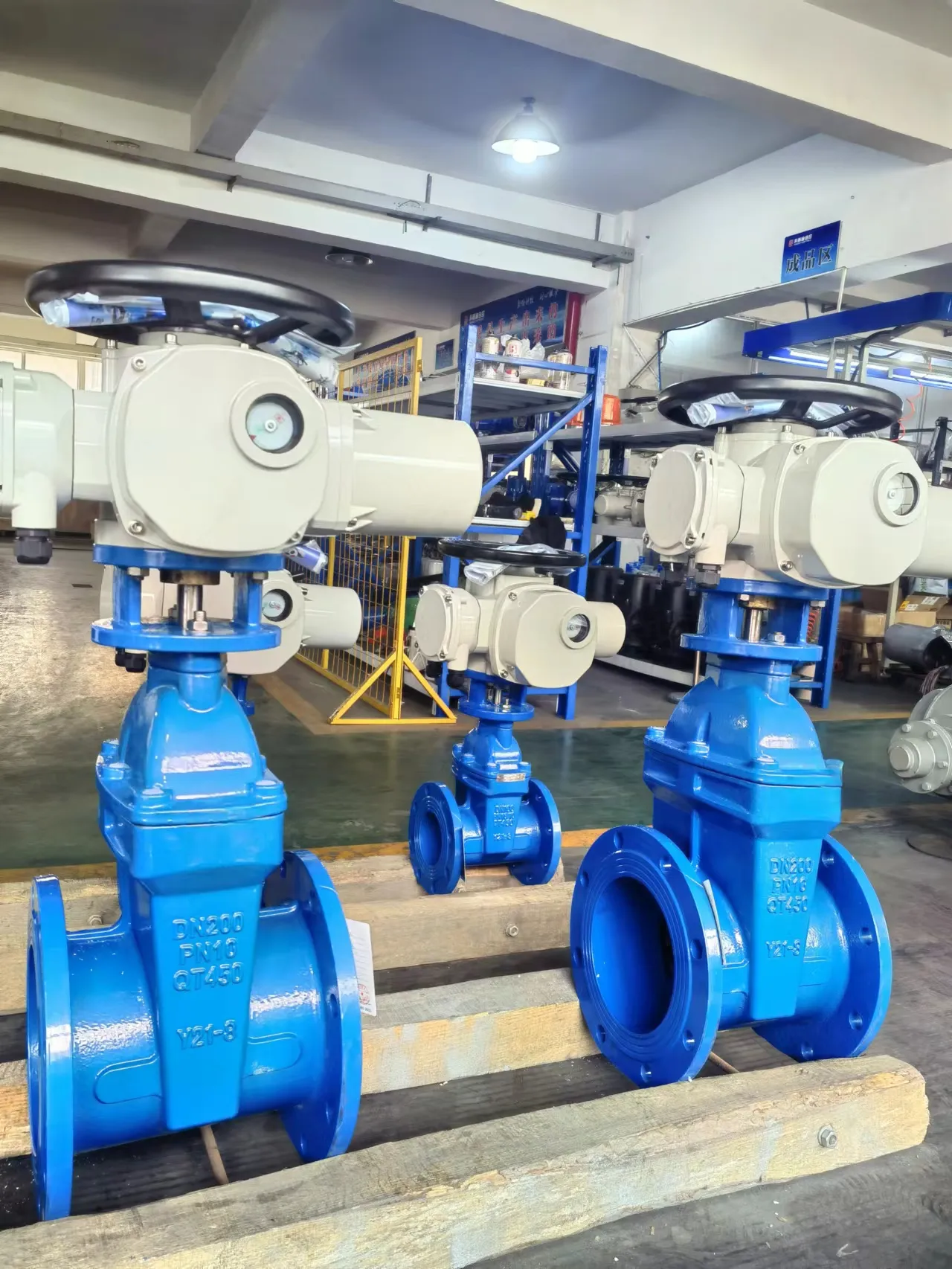Des . 04, 2024 10:14 Back to list
3 inch butterfly valve
Understanding the 3-Inch Butterfly Valve A Comprehensive Overview
Butterfly valves are essential components in various industrial applications, primarily for controlling the flow of liquids and gases. Among these, the 3-inch butterfly valve holds a pivotal position due to its versatility, ease of use, and efficiency. In this article, we will explore the features, advantages, applications, and maintenance of 3-inch butterfly valves to understand their significance in modern engineering.
What is a Butterfly Valve?
A butterfly valve is a type of flow control device that operates by rotating a disc or a plate within the valve body to regulate flow. When the valve is open, the disc is rotated a quarter turn, allowing fluid to pass through. When closed, the disc lies flat against the flow path, effectively blocking the passage. Butterfly valves are noted for their simple design and quick operation, making them ideal for applications that require fast modulation of flow.
Features of the 3-Inch Butterfly Valve
The 3-inch butterfly valve is specifically designed for piping systems where the diameter of the pipe is three inches. Its compact size makes it suitable for various installations. Key features of a 3-inch butterfly valve include
1. Material Composition Butterfly valves are typically made from materials such as cast iron, stainless steel, or PVC, depending on the application. Stainless steel, for instance, is popular in harsh environments due to its corrosion resistance.
2. Sealing Mechanism These valves can have different types of sealing mechanisms, including elastomeric seals and metal-to-metal seals, which enhance their sealing capabilities based on the fluid type.
3. Actuation Options The actuation of a 3-inch butterfly valve can be manual, electric, or pneumatic. Electric actuators allow for remote operation, while pneumatic actuators offer quick response times, making them suitable for automated systems.
4. Low Pressure Drop One of the key advantages of butterfly valves is their low-pressure drop across the valve when in the open position, ensuring efficient flow and minimal energy loss.
Advantages of 3-Inch Butterfly Valves
1. Space-Saving Design The compact size of a 3-inch butterfly valve allows it to fit into limited spaces without compromising its functionality. This is particularly beneficial in installations with space constraints.
2. Cost-Effectiveness Butterfly valves are generally less expensive to manufacture and install than other types of valves, making them a cost-effective solution for flow control applications.
3. Versatile Applications 3-inch butterfly valves can be used in various industries, including water treatment facilities, food and beverage processing, HVAC systems, and chemical processing.
4. Quick Operation and Maintenance The design of butterfly valves allows for quick opening and closing, which is essential in emergency situations. Additionally, maintenance is straightforward, often requiring only a visual inspection and occasional seal replacement.
3 inch butterfly valve

Applications of 3-Inch Butterfly Valves
3-inch butterfly valves find applications across various sectors
- Water Treatment In wastewater management, butterfly valves control the flow of water and different treatment stages effectively.
- Food and Beverage They are crucial in controlling the flow of liquids in processing plants, ensuring product quality and safety.
- HVAC Systems Butterfly valves are used for regulating airflow in heating, ventilation, and air conditioning systems, contributing to energy efficiency.
- Chemical Processing The ability to handle corrosive substances makes butterfly valves suitable for chemical manufacturing and handling processes.
Maintenance and Care
To ensure the longevity and efficiency of a 3-inch butterfly valve, regular maintenance is necessary. Key maintenance tips include
1. Regular Inspection Periodically check for wear and tear, leaks, or any unusual noises during operation.
2. Lubrication For manual valves, ensure the operating mechanism is adequately lubricated to facilitate smooth operation.
3. Seal Check Inspect sealing components for deterioration and replace them as necessary to prevent leaks.
4. Operational Testing Regularly test the valve's operation to ensure it opens and closes correctly under all conditions.
Conclusion
The 3-inch butterfly valve exemplifies versatility and efficiency in fluid control applications. Its compact design, cost-effectiveness, and ease of maintenance make it a preferred choice across various industries. Understanding its features, advantages, applications, and maintenance practices allows engineers and operators to make informed decisions, ensuring optimal performance in their respective systems. As industries continue to evolve, the importance of reliable and efficient flow control devices like the 3-inch butterfly valve will only grow, reinforcing its place in engineering and industrial practices.
-
Thread Plug Gauge Our Promise of Measurement ExcellenceNewsAug.22,2025
-
Gauge Pin Class Reflecting Quality LegacyNewsAug.22,2025
-
Check Valve Types for High Rise BuildingsNewsAug.22,2025
-
Water Control Valve for Irrigation SystemsNewsAug.22,2025
-
Gate Valve with Soft Seal TechnologyNewsAug.22,2025
-
Y Type Strainer for Oil and Gas ApplicationsNewsAug.22,2025
Related PRODUCTS









